Articles Cervical Whiplash
This article explains basic anatomy, neck function, what cervical whiplash is, symptoms, red flags, management and physiotherapy treatment.
Basic Anatomy
Your spinal column is divided into 3 sections.
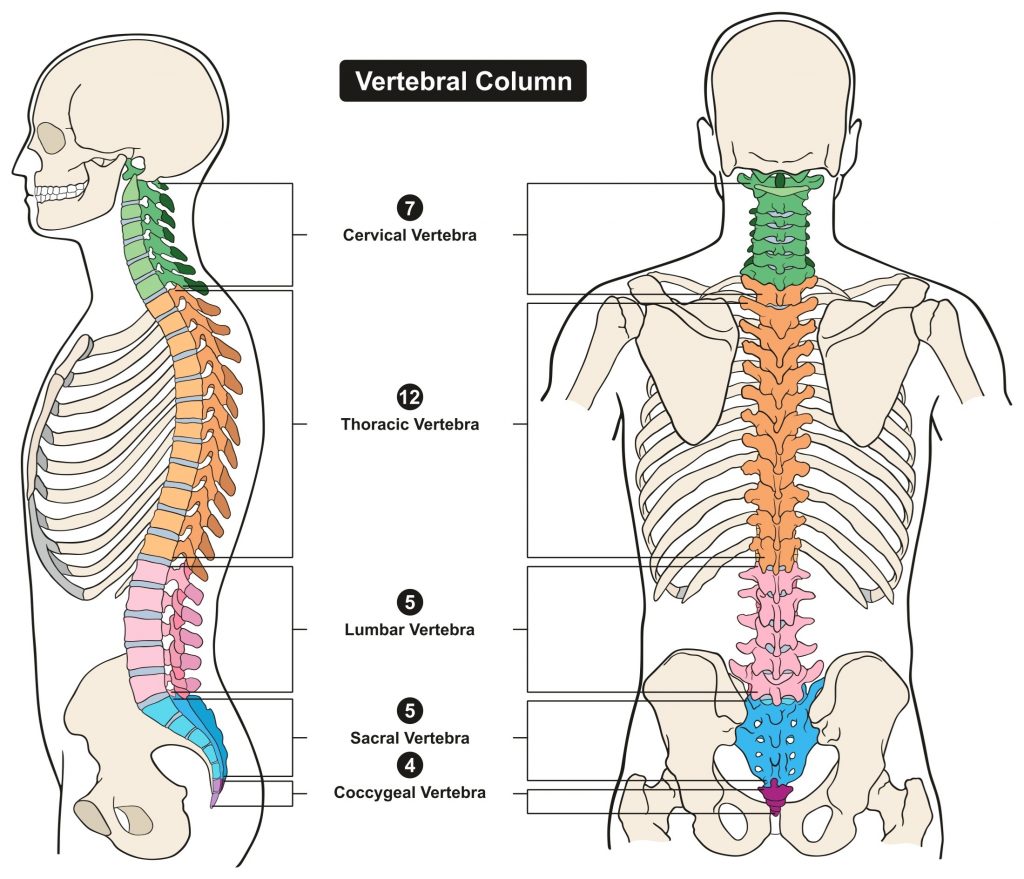
The most flexible section of your spine is your neck, this known as the cervical spine.
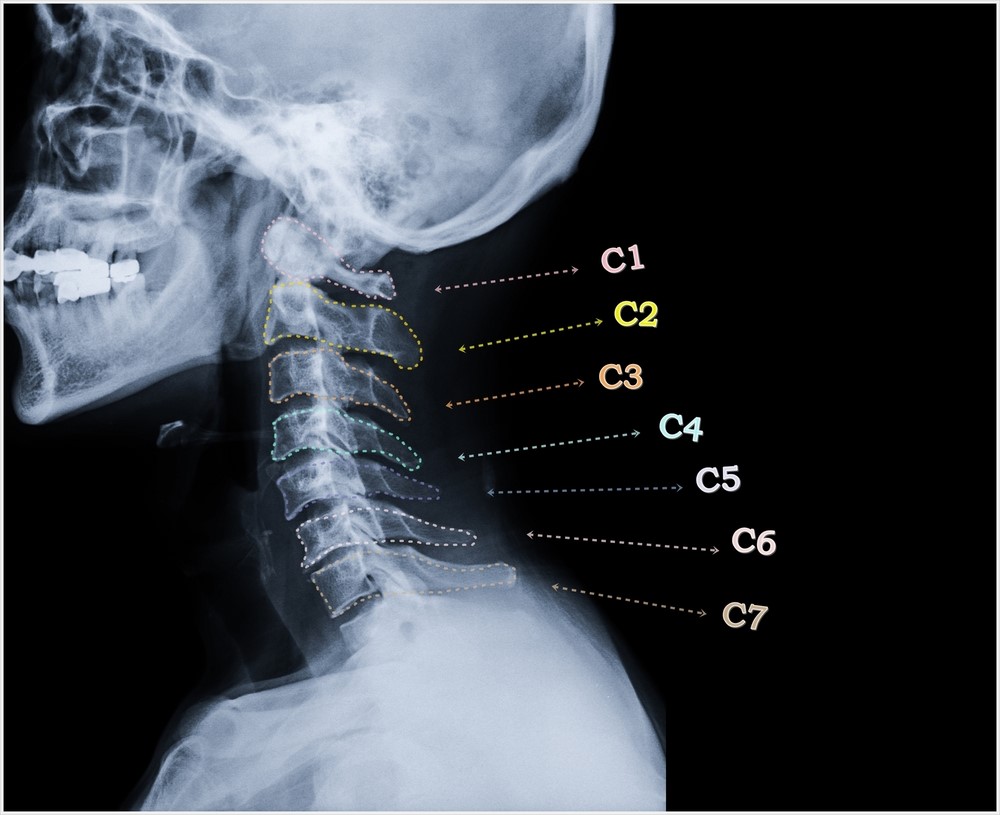
What Does Your Neck Do?
- Supports the weight of your head and the major sensory organs (i.e. eyes, nose, ears, tongue and inner ear)
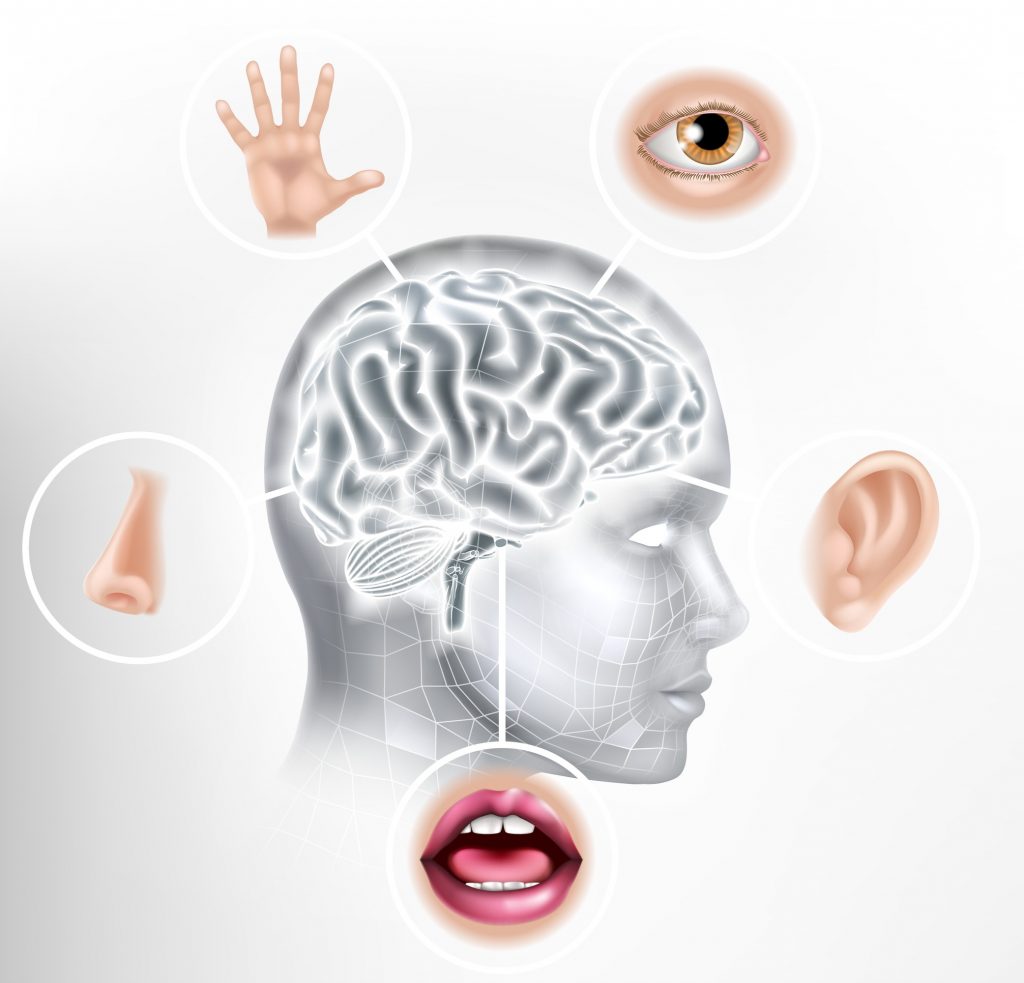
- Protects the spinal cord and spinal nerves
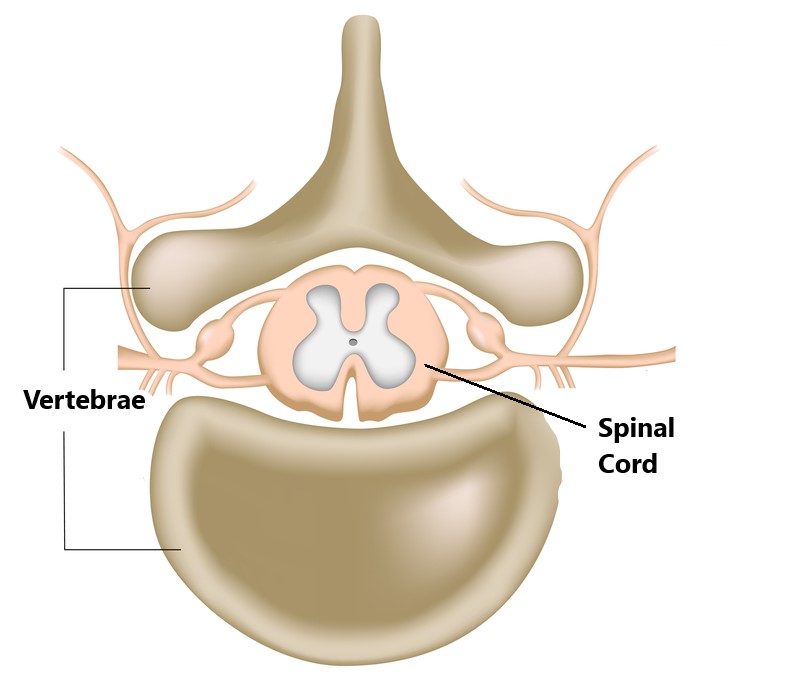
- Protects delicate blood vessels which supply the brain
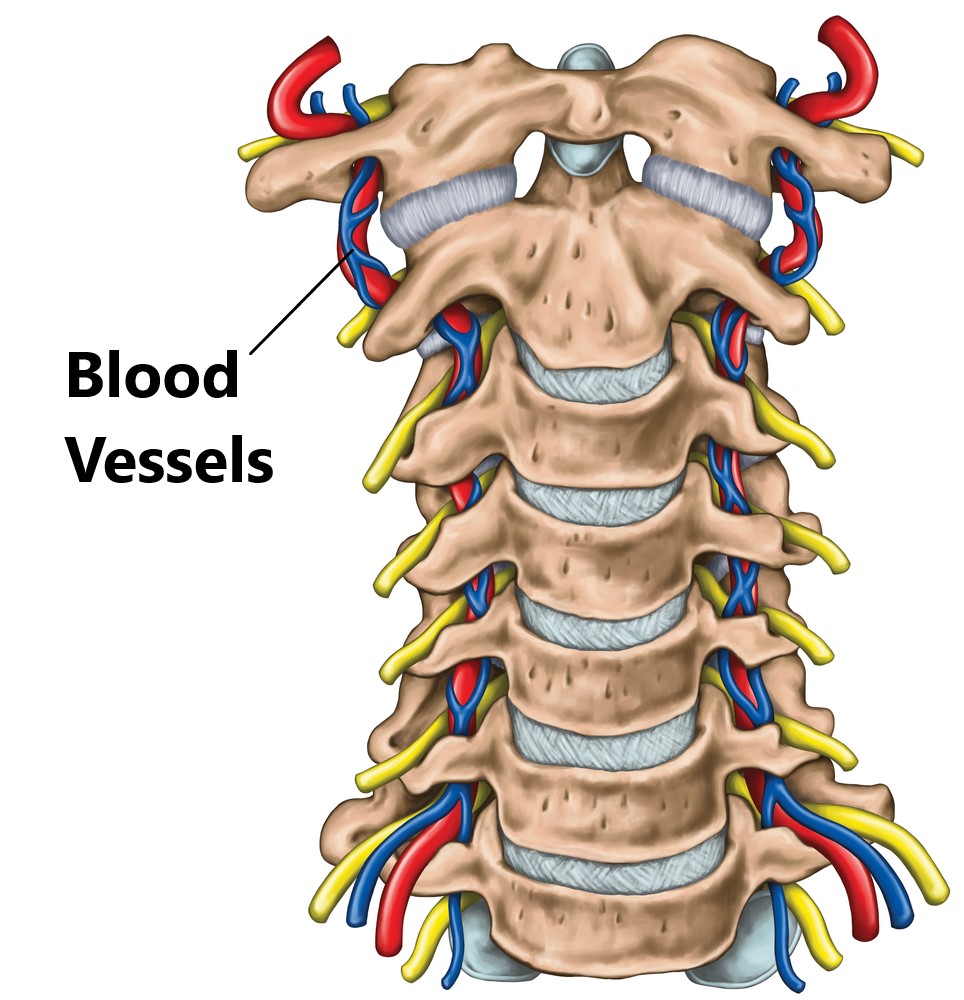
- Provides mobility and stability to enable you to quickly scan your environment and make postural adjustments to maintain your balance.

What is Cervical Whiplash?
Cervical Whiplash is a term used to describe a specific mechanism of injury. It occurs when the neck is suddenly thrashed to one direction. This can result in overstretching and damage to the surrounding muscles, ligaments, joints, bones, discs and nerves.

This is most commonly observed in people following a motor vehicle accident (MVA) but can also occur as a result of sudden impact (i.e. fall, hitting your head, tackle).
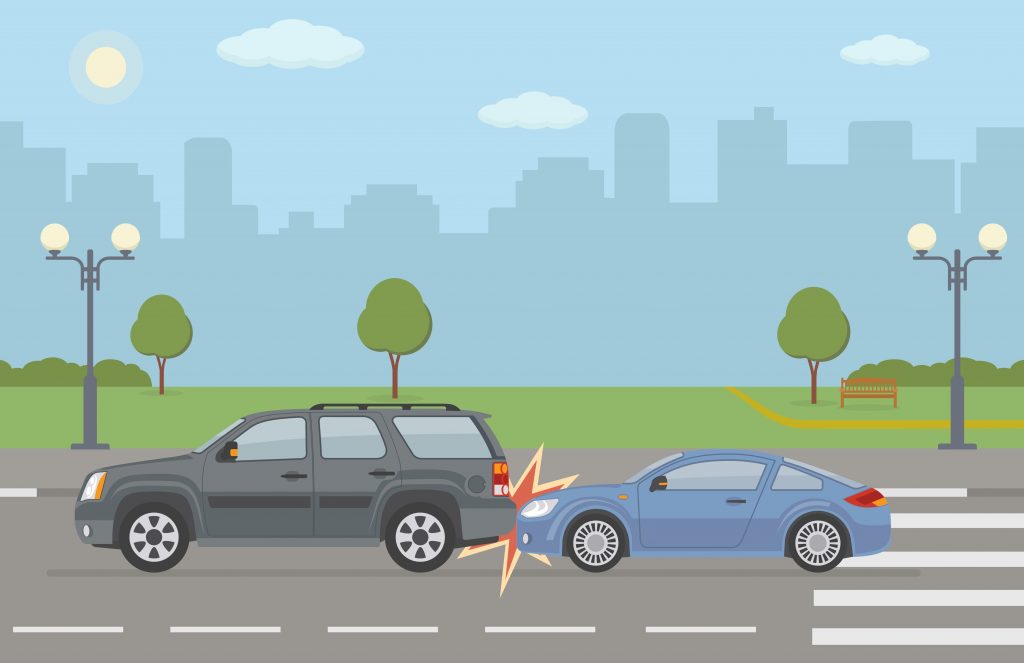
Symptoms
Delayed symptoms following an accident are common and are often worse the day after. This can include:
- Neck stiffness and pain
- Restricted neck movement
- Headaches
- Dizziness and nausea
- Jaw, upper back, shoulder and arm pain
- Altered sensation in the arms (i.e. pins and needles and numbness)
- Arm weakness
- Hearing disturbances (i.e. ringing in the ears)
- Difficulty chewing and swallowing
- Difficulty with memory and concentration

Red Flags
Whiplash can vary in severity, it is important to be assessed by a health professional to exclude a serious injury (i.e. fractures, neural/vascular compromise and joint instability).
Symptoms of more concern can include:
- Significantly restricted neck movement (>50% restriction)
- Progressively worsening weakness, numbness, loss of power or sensation changes in one or both arms
- Difficulty with balance or gait
- Visual disturbances
- Sensation changes or weakness in the face
- Fainting
- Vomiting
- Speech and swallowing difficulties
- Onset of bladder or bowel weakness after an incident
- Progressively worsening clumsiness in the hands or feet

Diagnosis
Diagnosing this condition is mainly based on an individual’s clinical presentation through a thorough subjective and physical examination. An X-ray, CT or MRI may also be required to exclude/identify a serious injury (i.e. fractures, disc injuries).
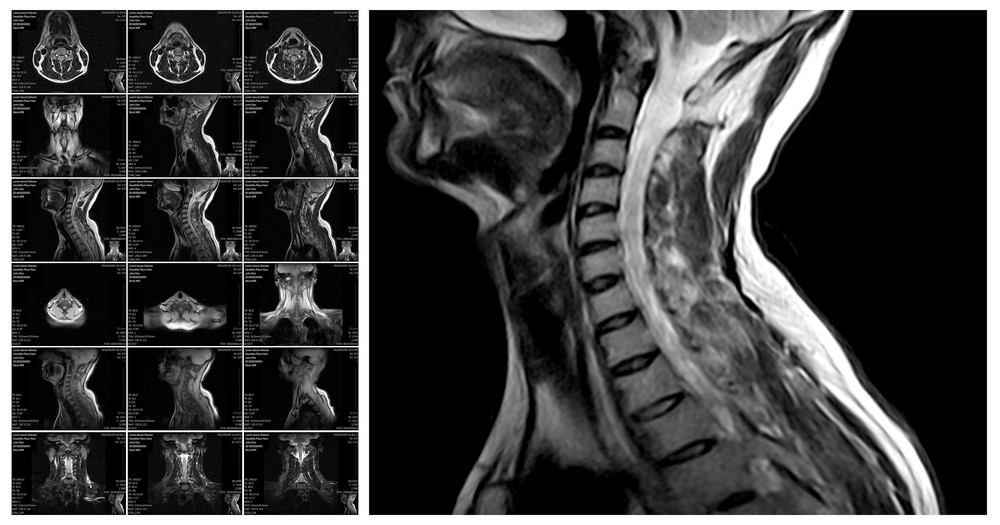
Management
- Thankfully, most cases do not involve a serious injury and the majority of people will make a full recovery within a few months with conservative physiotherapy treatment (see below)
- Basic over the counter pain killers (i.e. Panadol) and anti inflammatory medications (i.e. Voltaren) can be used to help alleviate pain
- Studies have indicated resumption of normal activity, remaining active and commencing gentle strengthening and movement exercises to be beneficial in promoting a quicker recovery
- Cases involving serious injuries may require medical intervention (i.e. surgery)

Physiotherapy Management
- Following an incident our priority is to minimise the extent of damage, reduce inflammation and decrease pain. Modalities such as modified rest, heat, manual therapy, strapping, massage and acupuncture may be used.
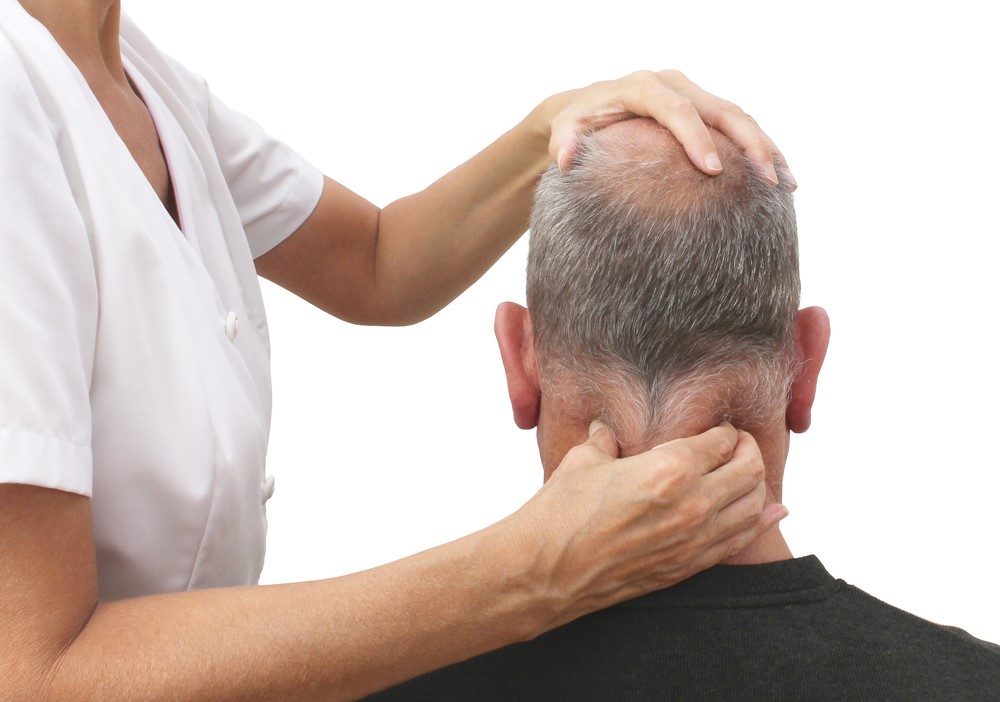
- Provide education regarding the injury, address unhelpful beliefs, identify and modify aggravating factors.
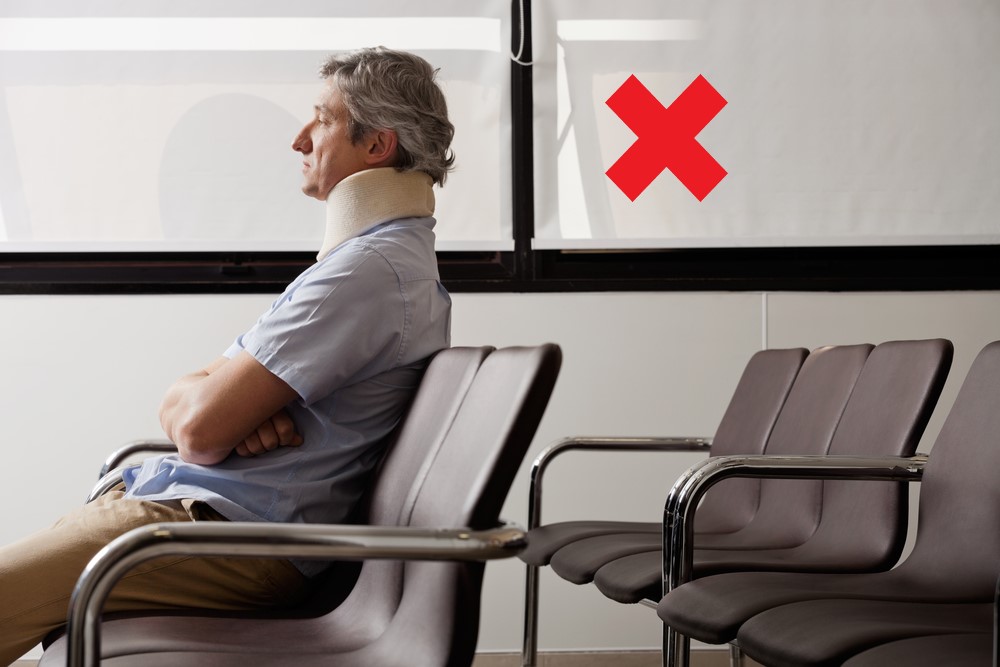
- Restore pain free neck, shoulder and upper back range of motion

- Restore strength to the neck, upper back, shoulder and postural muscles

- Restore normal nerve function and flexibility
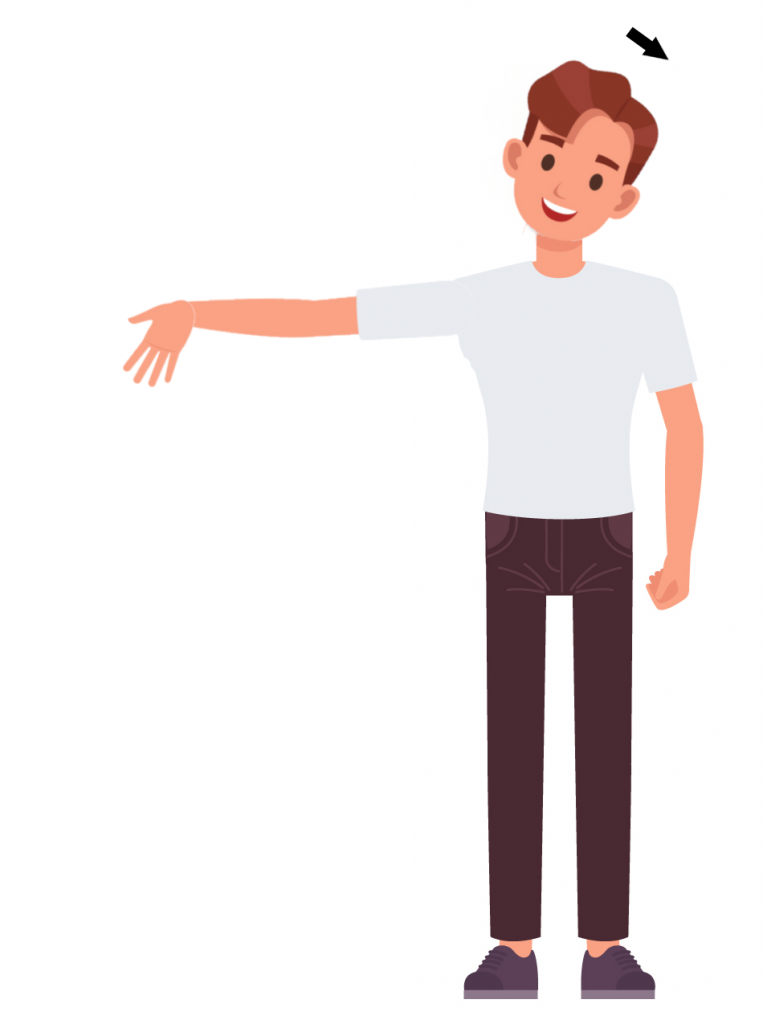
Please keep in mind the information provided is general in nature and should not be used as a substitute to consult your treating health professional. If you have any specific questions or require assistance with your individual treatment requirements please do not hesitate to contact My Family Physio in Pittwater Place Shopping Centre.
Related Articles and Links